This article was written by Karyn Hindle from Head2Toe First Aid. Karyn is an Adelaide based, Registered Nurse and Trainer with 18+ years of experience dealing with the medical and first aid needs of both adults and children. Visit her website at www.head2toefirstaid.com.au
Summer is around the corner and last week my children had their first swim of the season in our pool (yay for “pool baths”)! I know that water safety is always important, but at this time of the year is always a little bit more on my mind. The latest Royal Life Saving Society of Australia’s national Drowning Report is out for 2016/2017 and the news is not great. Drowning is one of the leading causes of death in Australian children under 5 years of age. In the period 2016/17 toddle drowning increased by 32%, it’s no wonder water safety is on my mind!
In our family we have a rule that no children are allowed in the pool unless an adult is watching. My children have been known to challenge this if it means they need to wait for me to finish doing something. They are competent swimmers…. but competent or not, it’s a not negotiable rule. All it could take is for someone to bang their head as they jumped in or lose confidence and focus for a second…. We’ve all heard the stories.
Drowning can happen quickly, and unlike in the movies it’s not very loud.
In the 6 years that we have had a pool I have had to pull out 4 children (not to mention several dogs) sometimes jumping in fully clothed. That surprises most people but I succumb to the philosophy that prevention is the best first aid. So, let’s take a look at prevention when it comes to drowning….
Supervision and early identification of problems
It goes without saying that children should always be supervised around water, but what should that supervision look like? On the occasions that I pulled children out of our pool, they were not calling out, they were not making lots of splashing noises. Instead they were quiet and 100% focussed on staying afloat. It was by seeing the fear in their facial expressions and body language that I was able to pick up that there was a problem. As soon as I could tell they were in trouble I pulled them out. I wasn’t giving them a chance to go under and inhale water. So, I believe that the supervision needs to be ACTIVE and without distractions. I know that I wouldn’t have picked up on the early signs of drowning if I was further away and “supervising” while doing something else. It is also a good idea at a social gathering to nominate a “pool supervisor.” That way everyone won’t assume someone else is watching the pool.
Minimise the risk
29 Australian children 0-4 years drowned in 2016/2017 and 45% of these were in backyard pools.
Adequate pool fencing is a good way of minimising the risk associated with owning a pool. Ensuring the gate is always closed and that the gate and fence are well maintained are key responsibilities of a pool owner. However, is it not only pools that present drowning risks. Think fishponds, baths, buckets filled with water after a rain fall, paddling pools, streams, beaches (swim between the flags), rivers and the list goes on…. The other day someone mentioned during a course how they were at a BBQ and saw a toddler that was playing with ice in an esky fall in headfirst and not be able to get out!! Being aware of where the potential risk of water is and taking action to minimise/remove it is key, both at and away from the home.
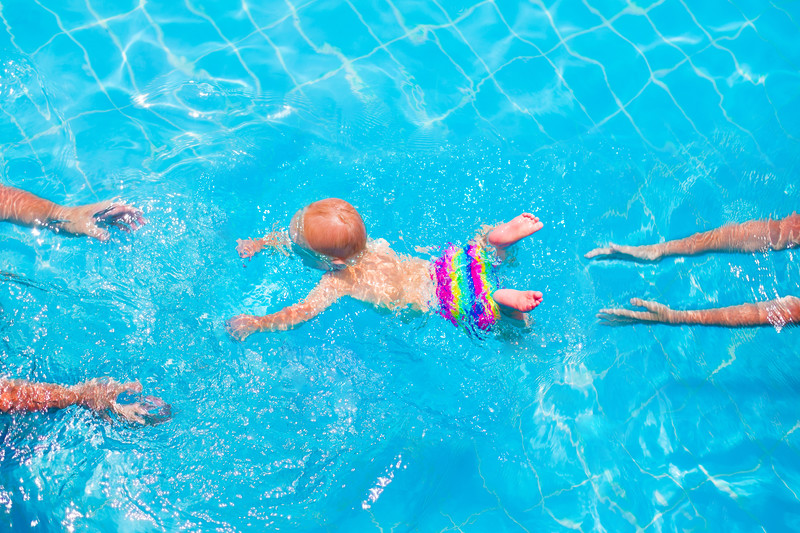
Promoting water safety awareness
One step on from being aware of and minimising the risk of water, is promoting water awareness to our children. Establishing family rules around water, swimming lessons and surf life-saving is a great start to promoting water safety awareness and it is never too early to start getting the message across.
Keeping your resuscitation skills up to date
Even with all of the above precautions in place, accidents can still happen.
81% of drownings in 0-4 year olds occur because of falls.
My Mum tells of the story when I was 9 months old and toddling around in a public paddling pool (I walked super early… sorry Mum!). I tripped, lost my footing and didn’t fight to regain it, just floated face down. Luckily mum was right there to grab me out. But accidents happen in the blink of an eye and so making sure you would know what to do is so important. Not only does a CPR/first aid course provide vital practice, it promotes confidence and ensures that you have the up to date information. An annual CPR update and a 3 yearly first aid update is important for everyone, but especially those that live life around water. The lead up to summer is a great time to book into a course to brush up on your CPR skills.
Please keep yourself and your family safe around water by ensuring you have done all that you can to prevent accidents in and around water. I know that simply by writing this blog I will be more mindful of the risks of water and will do all I can to keep myself, my family and friends safe. I hope that by reading it, you all will too! Happy and safe swimming!
“this article was written for information and education purposes only and is not intended to be a substitute for professional medical advice, diagnosis, or treatment. Always seek the advice of your physician or other qualified health provider with any questions you may have regarding a medical condition. Never disregard professional medical advice or delay seeking it because of something you have read in this article.”





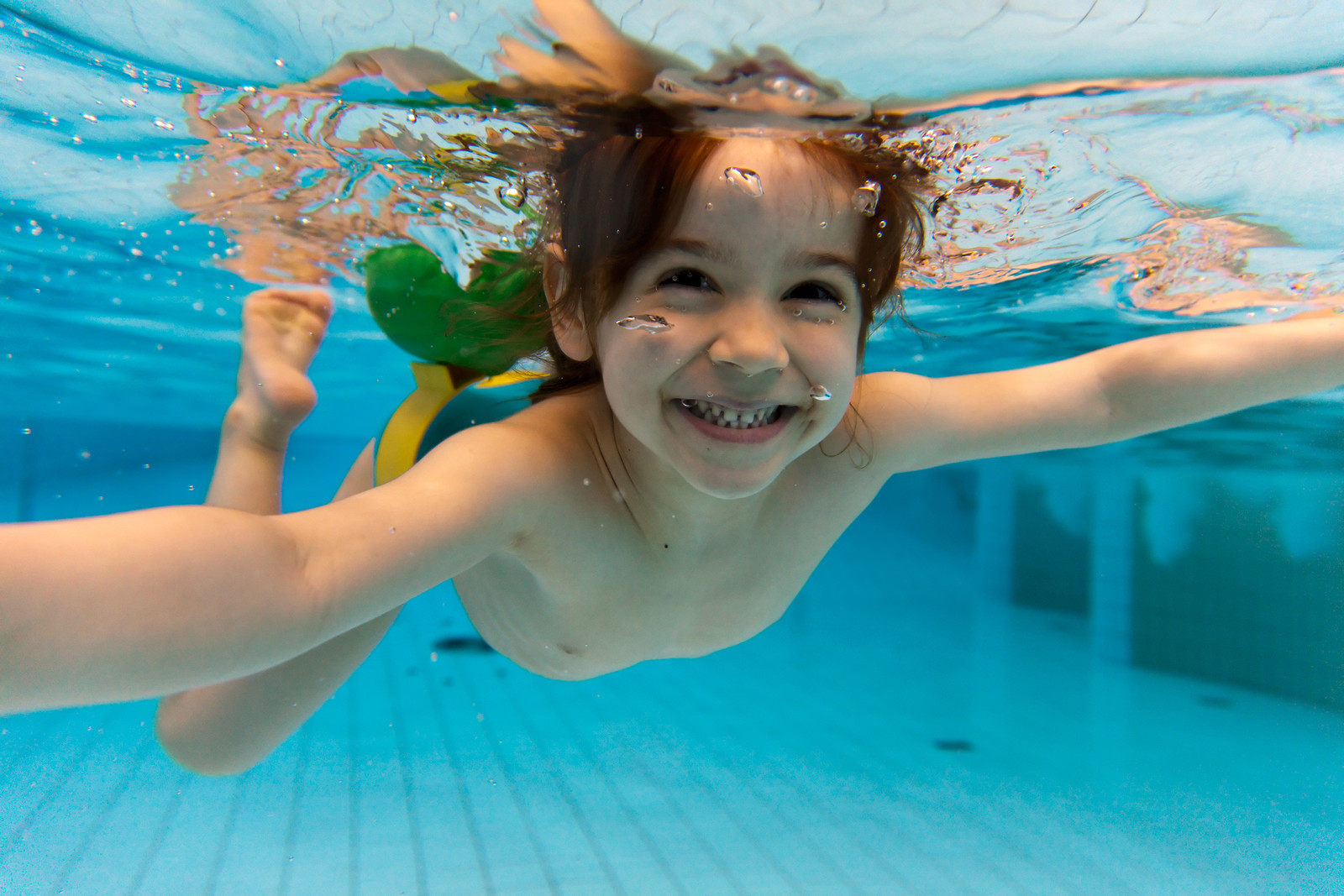
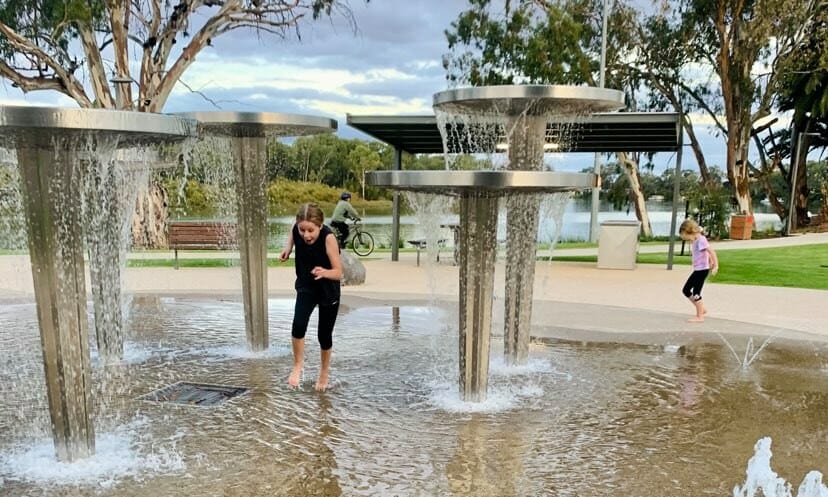

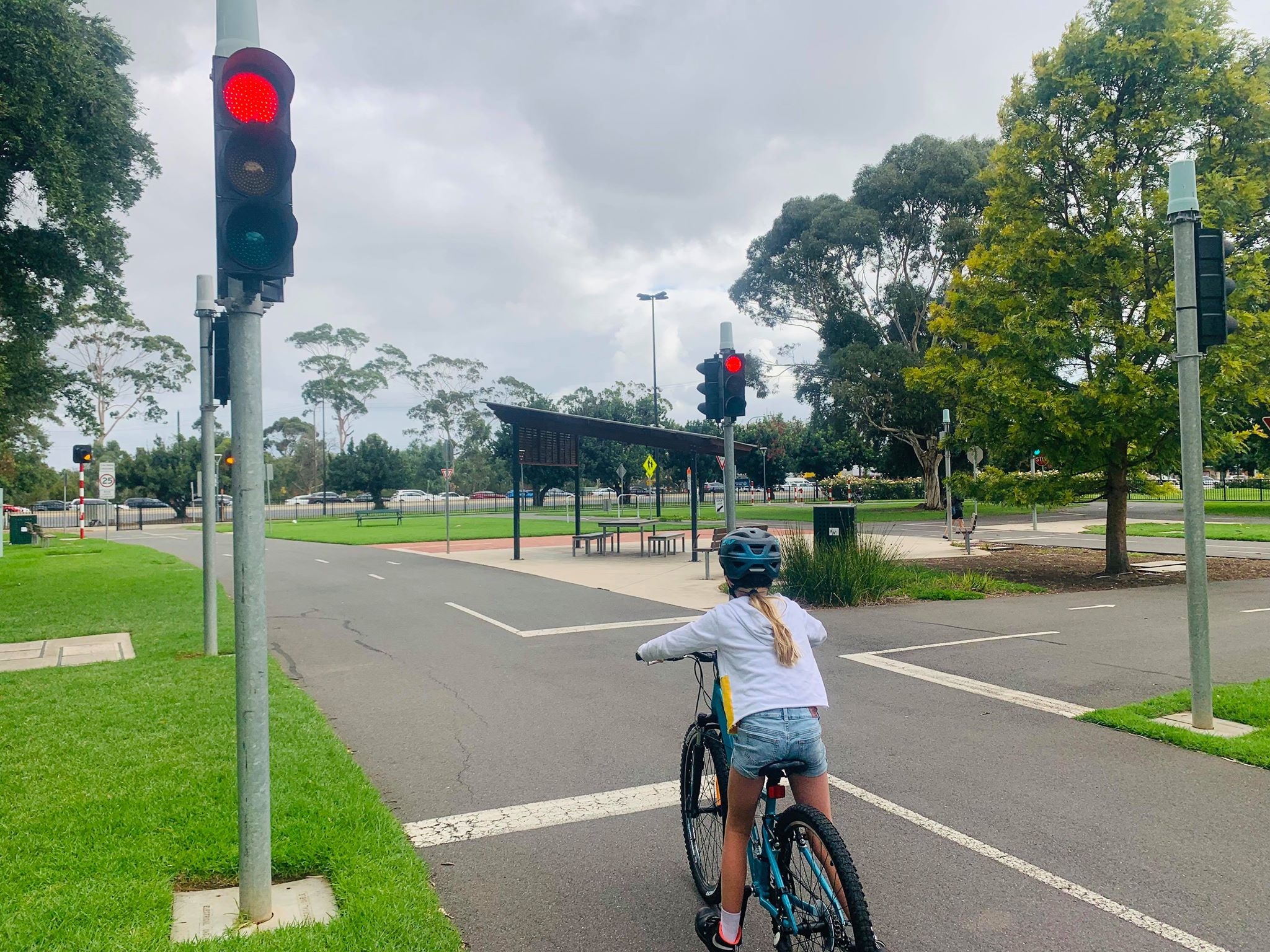


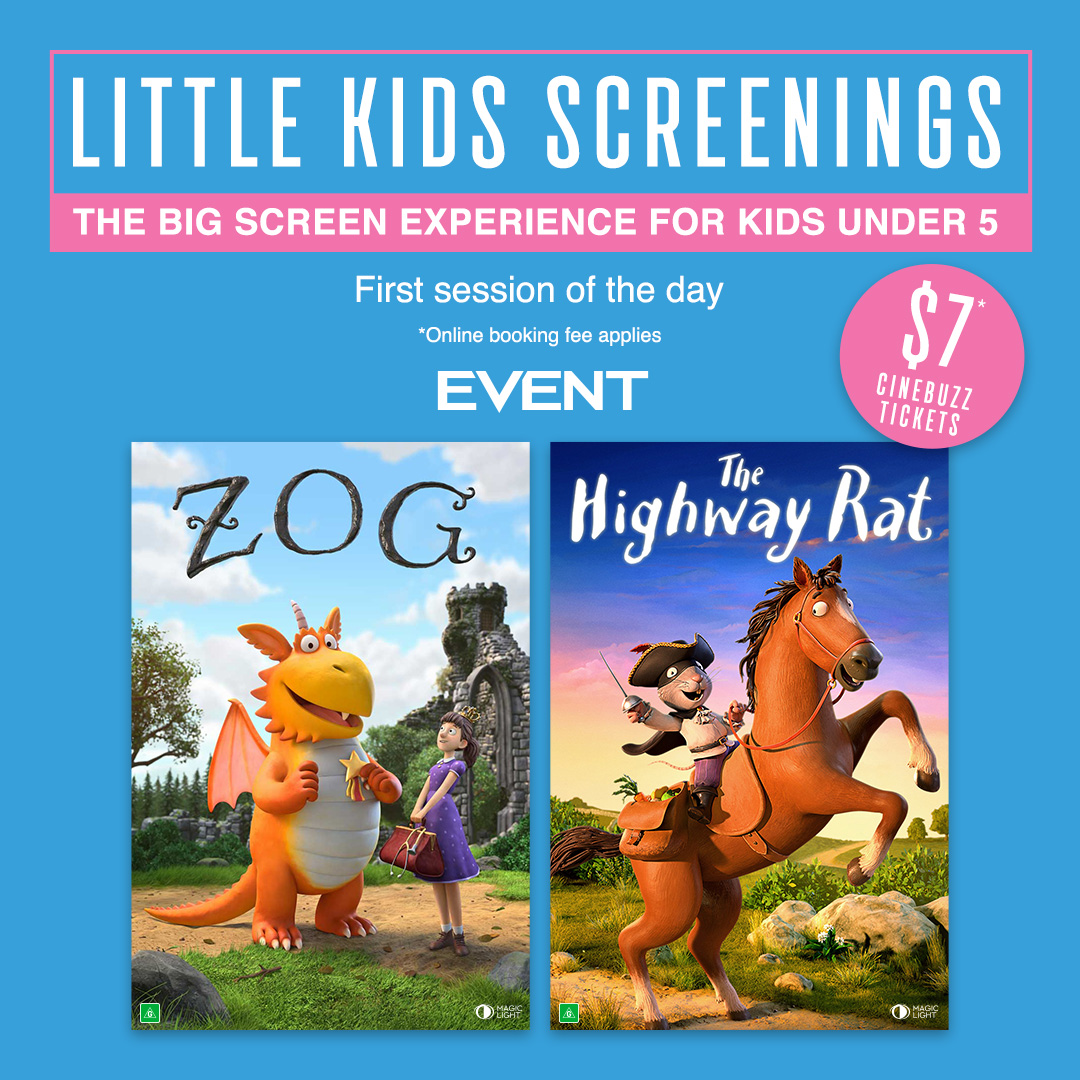






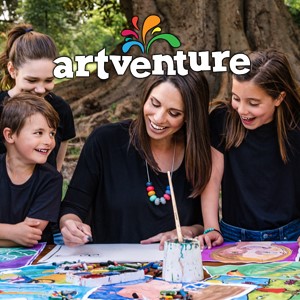



Thank you so much for sharing this fantastic site.